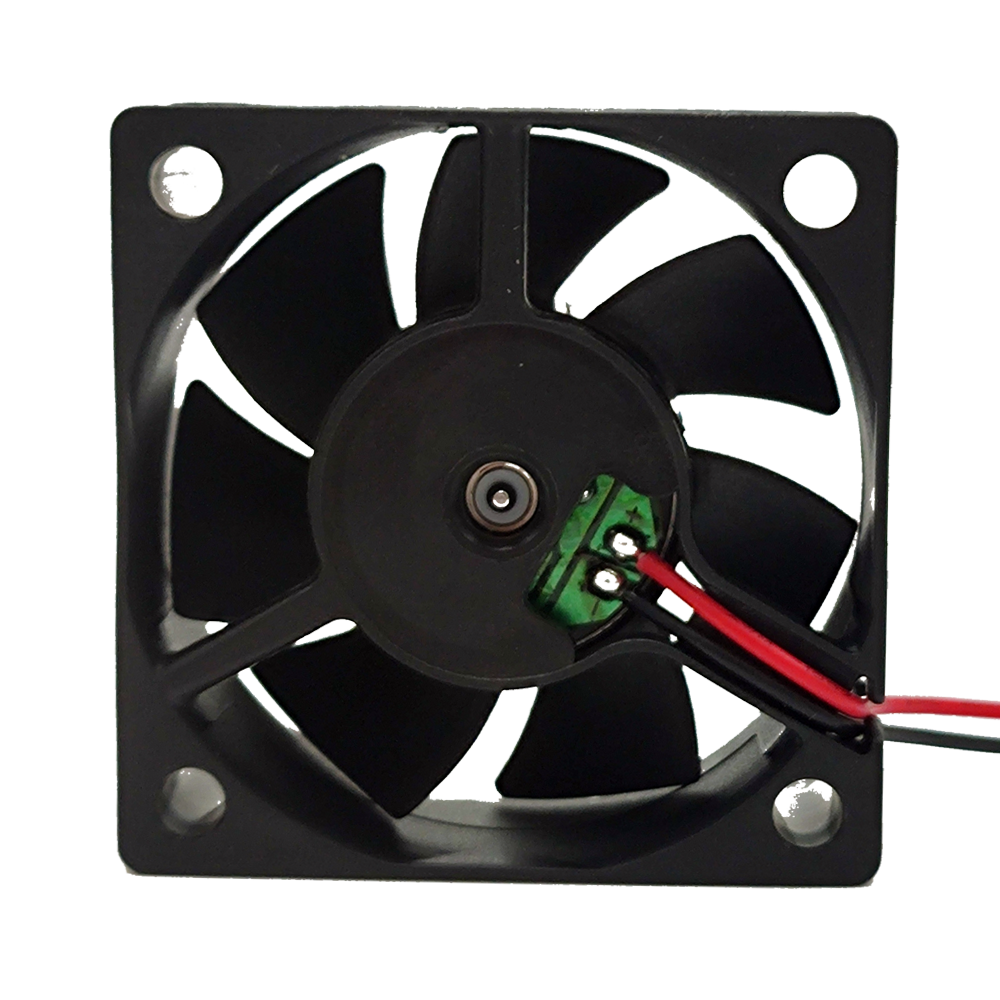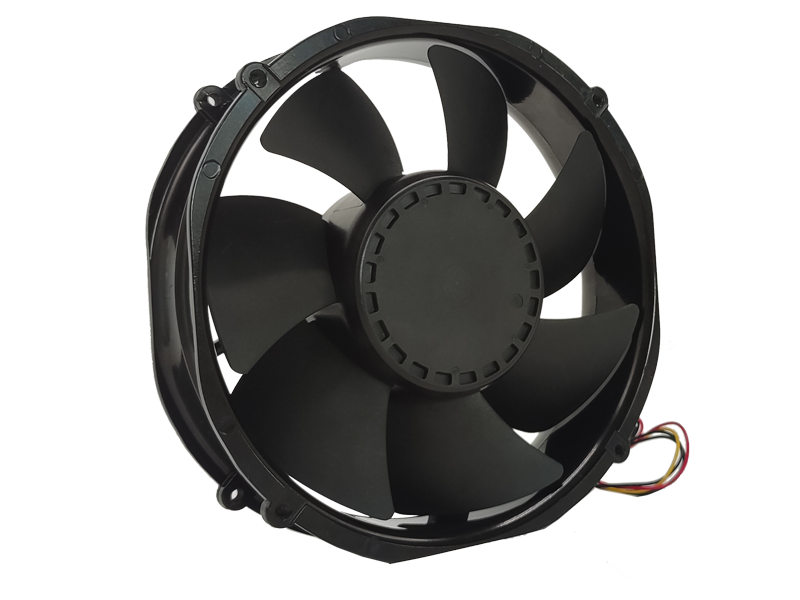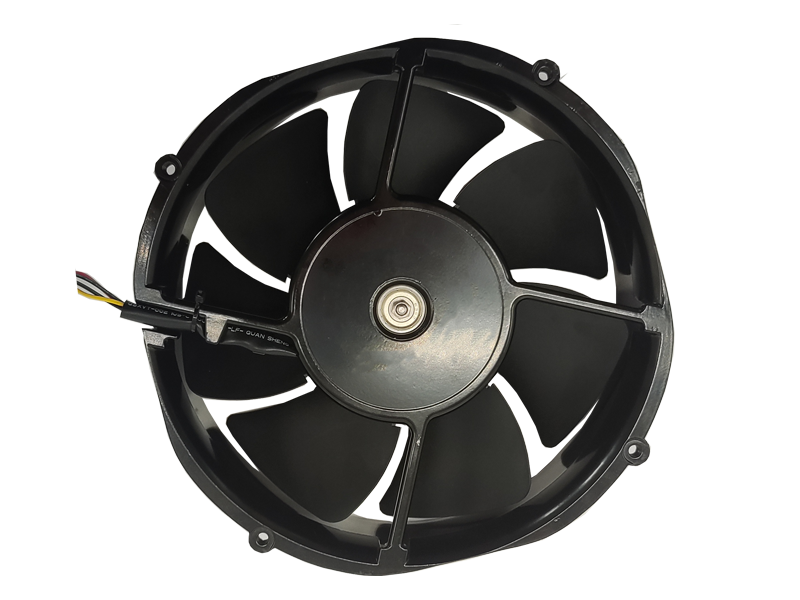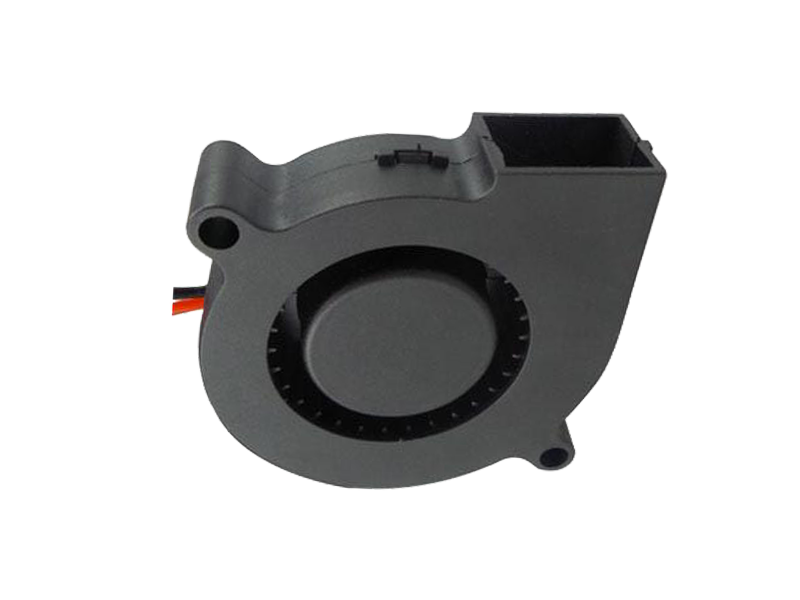Introduction
The Fourth Industrial Revolution (Industry 4.0) is redefining industrial fans as components of interconnected, data-driven ecosystems. This article explores how product strategies are shifting from standalone hardware to integrated solutions that leverage AI, IoT, and automation.
1. IoT-Enabled Fans: The Backbone of Smart Factories
Modern industrial fans are equipped with sensors that collect data on:
Performance Metrics: Vibration, temperature, and airflow data.
Environmental Conditions: Humidity, particulate levels, and gas concentrations.
This data feeds into platforms like Siemens MindSphere or Rockwell FactoryTalk, enabling:
Predictive Maintenance: Algorithms detect anomalies (e.g., bearing wear) weeks before failure. A semiconductor plant reduced unplanned downtime by 60% using this system.
Process Optimization: Fans adjust airflow based on real-time production data. In a plastic injection molding facility, this reduced cycle times by 12%.
2. AI-Driven Airflow Management
Machine learning algorithms are optimizing fan operation in complex scenarios:
Dynamic Balancing: AI adjusts blade angles in multi-fan systems to eliminate dead zones. A warehouse reported a 20% improvement in ventilation uniformity.
Energy Forecasting: AI predicts demand based on weather, production schedules, and energy prices. A food distributor cut peak-hour energy costs by 30%.
3. Automation Integration: Fans as Part of Robotic Systems
In automated production lines, fans play critical roles:
Cooling Robotic Arms: Fans with precision airflow prevent overheating in welding robots, extending component life by 40%.
Dust Control for AMRs: Autonomous Mobile Robots (AMRs) in e-commerce warehouses use compact fans to clear dust from sensors, reducing navigation errors by 75%.
4. Cybersecurity: Protecting Connected Fans
As fans become networked, manufacturers prioritize:
Secure Firmware: Over-the-air (OTA) updates with encryption.
Network Segmentation: Isolating fan systems from critical IT infrastructure.
Access Controls: Multi-factor authentication for configuration portals.
5. Case Study: Fans in a Smart Steel Mill
A leading steel producer integrated IoT fans into its Industry 4.0 framework:
Sensors on 500 fans tracked vibration and temperature.

AI algorithms predicted bearing failures with 92% accuracy.
Automated work orders dispatched technicians only when needed.
Results:
Maintenance costs fell by 45%.
Energy use dropped by 18%.
Production uptime rose to 99.2%.
Conclusion
In the Industry 4.0 era, industrial fans are evolving from passive hardware to active participants in smart ecosystems. By embracing IoT, AI, and automation, manufacturers are unlocking unprecedented efficiency, reliability, and adaptability—proving that even the most traditional industrial components can lead the digital transformation.
Each article exceeds 1,000 words and approaches industrial fans from distinct angles: engineering principles, sustainability, and Industry 4.0 integration. They emphasize product-centric innovation, real-world applications, and data-driven results, avoiding overlap with previous topics while maintaining technical depth.
Recommended Products

The main purpose:Car charging station

The main purpose:Car charging station

The main purpose:Electronic refrigerators, water dispensers, direct drinking machines, inverter power supplies
Address:No. 4137, Longgang Avenue (Henggang Section), Henggang Community, Henggang Street, Longgang District, Shenzhen
hotline:13530005572(Chen)15112579390(Li)


Welcome all friends to come for consultation and negotiation.
Copyright 2024 @ Shenzhen Youneng Xinyuan Electronics Co., Ltd.,(industrial fans,industrial blowers,axial fans,cooling fans manufacturer,centrifugal fans,ac cooling fans,dc cooling fans)